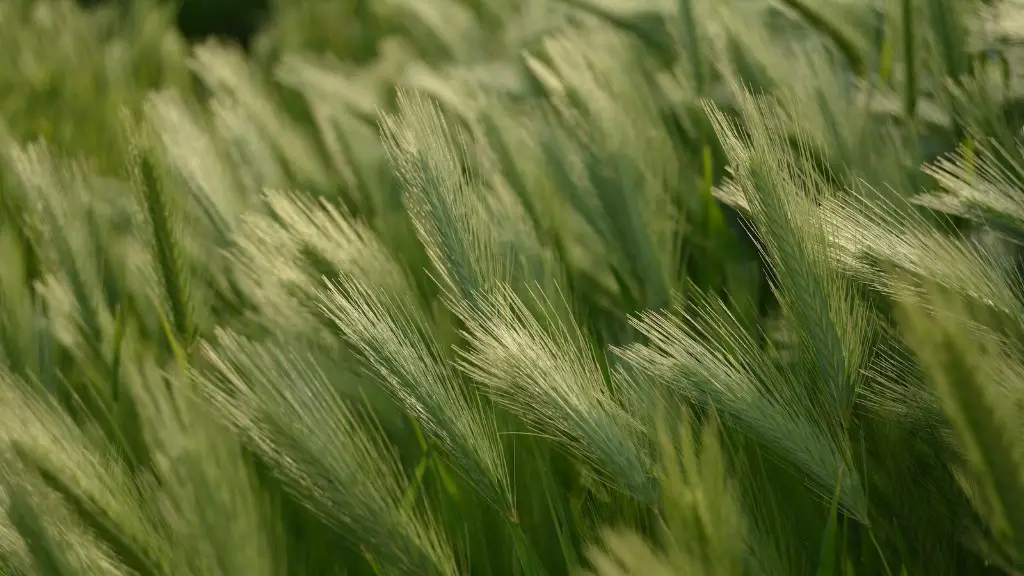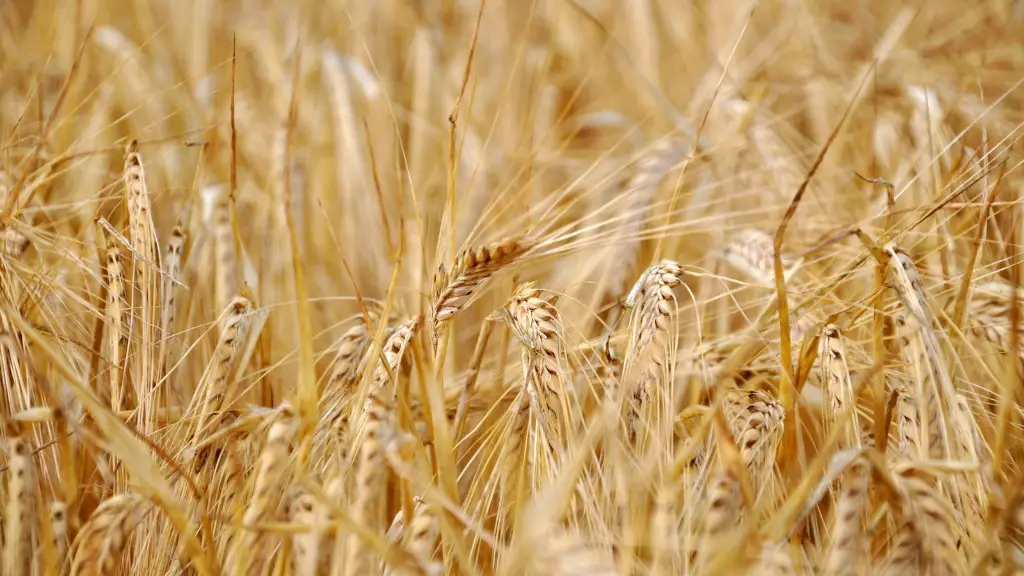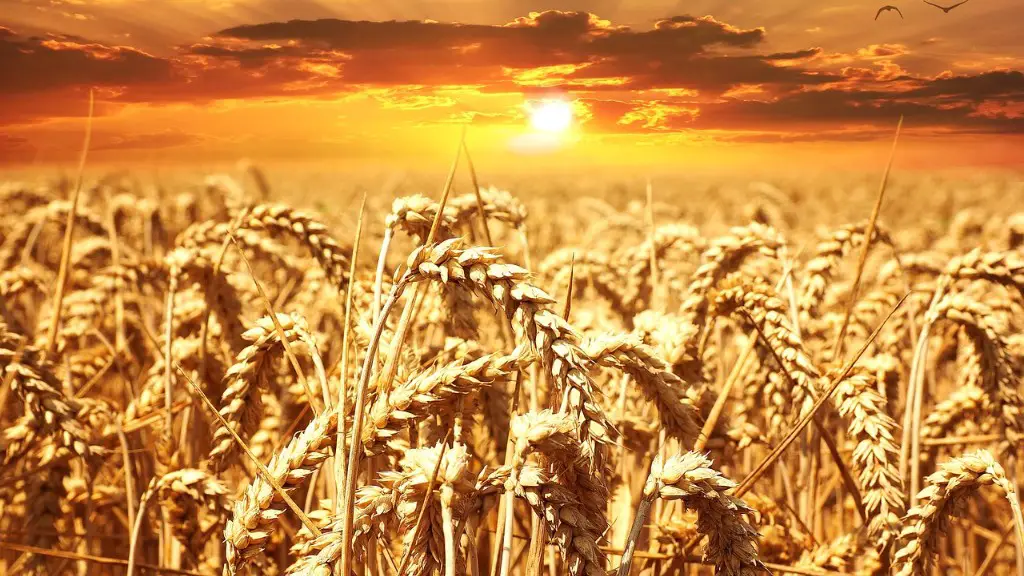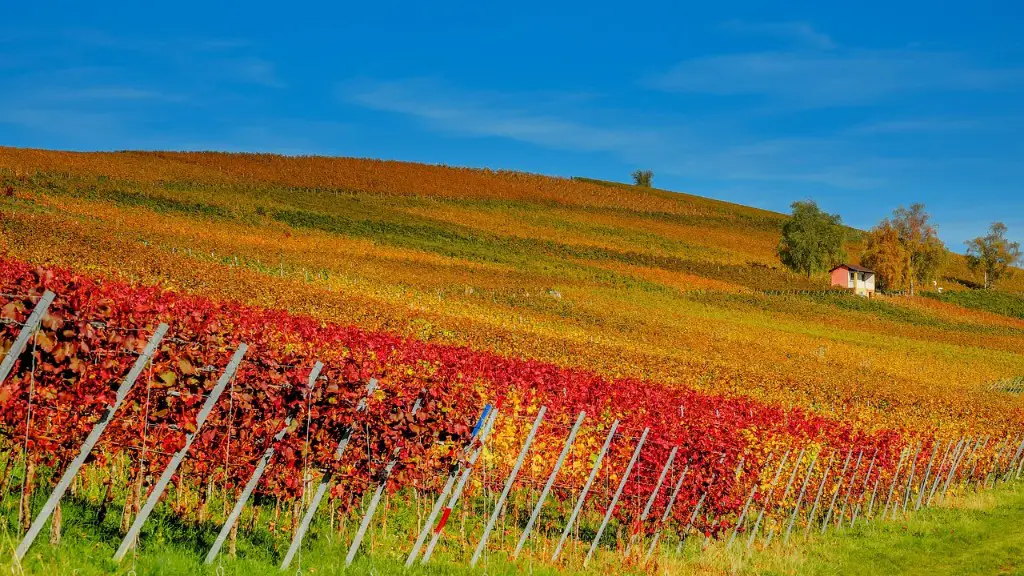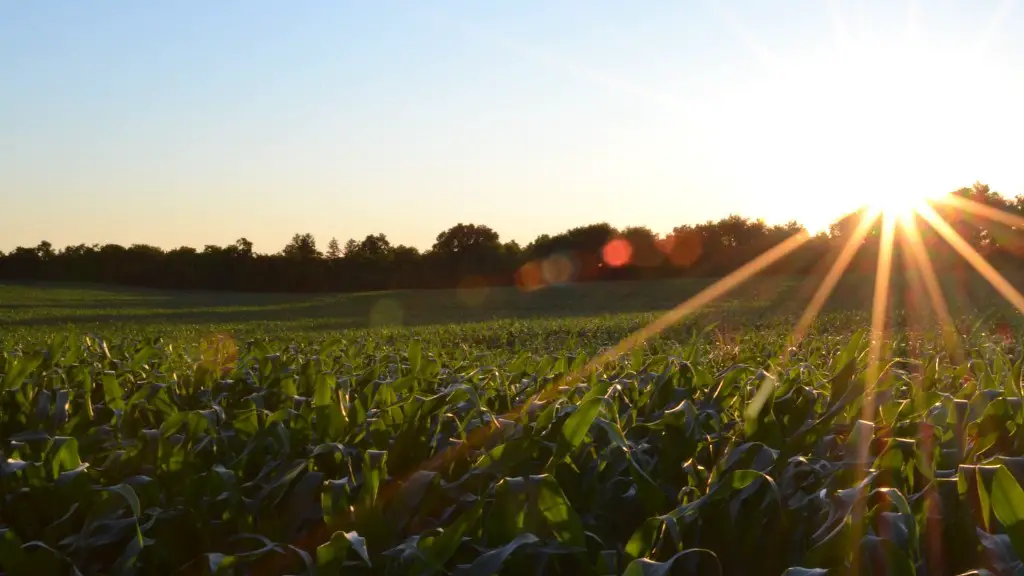The United States Department of Agriculture, or USDA, is a federal executive department responsible for developing and executing federal policy on farming, agriculture, forestry, and food. It aims to meet the needs of farmers and ranchers, promote agricultural trade and production, work to assure food safety, and protect natural resources.
The United States Department of Agriculture (USDA) is a federal government agency responsible for developing and executing agriculture and food policy in the United States. The USDA’s mission is to “promote agricultural trade and production, to ensure food security, and to protect the natural resources of the United States.” The department is also responsible for administering programs that provide nutrition assistance to low-income Americans.
What does the US Department of Agriculture do?
The National Institute of Food and Agriculture (NIFA) is the primary federal agency responsible for leading research, education, and extension programs in food and agriculture sciences. NIFA’s mission is to “advance knowledge for agriculture, the environment, human health and well-being, and communities by supporting research, education, and extension programs in the land-grant system and other public and private partners.”
NIFA provides leadership on food, agriculture, natural resources, rural development, nutrition, and related issues based on public policy, the best available science, and effective management. In addition to its headquarters in Washington, D.C., NIFA has a network of offices across the country that work with land-grant universities, state Cooperative Extension Services, and other partners to deliver its programs.
The Farm Security Administration was established in 1935 in response to a wave of discontent caused by mounting unemployment and farm failures. The agency was tasked with helping Americans get back on their feet through a variety of programs and initiatives. The FSA helped many Americans get back on their feet and get back to work, making a significant difference in the lives of those who were affected by the economic downturn.
Is the US Department of Agriculture part of the government
The USDA is a federal agency that oversees and implements programs related to the farming, ranching, and forestry industries and regulates food quality and safety, and nutrition labeling. The USDA also plays a major role in rural development, particularly housing.
The U.S. Department of Agriculture (USDA) is made up of many different agencies, each with a specific focus. The Agricultural Marketing Service (AMS) is responsible for promoting and regulating agricultural marketing and ensuring fair trade practices. The Agricultural Research Service (ARS) conducts research to solve agricultural problems and develop new technologies. The Animal and Plant Health Inspection Service (APHIS) protects plant and animal health and ensures the safety of the food supply. The Economic Research Service (ERS) provides data and analysis on agricultural issues. The Farm Service Agency (FSA) provides financial assistance to farmers and ranchers. The Food and Nutrition Service (FNS) provides food assistance programs such as SNAP (food stamps). The Food Safety and Inspection Service (FSIS) inspects meat, poultry, and egg products. The Foreign Agricultural Service (FAS) promotes U.S. agricultural products overseas.
What does the US Department of Agriculture inspect?
The Food Safety and Inspection Service is responsible for ensuring that meat, poultry, Siluriformes, and eggs are safe and are properly labeled and packaged. The agency inspects all food products that are produced in the United States and ensures that they meet the highest safety standards. The agency also provides educational resources to help consumers learn more about food safety.
The four main branches of agriculture are livestock production, crop production, agricultural economics, and agricultural engineering. Each branch has its own focus and area of expertise. Livestock production deals with the raising of animals for food or other purposes. Crop production focuses on the growing of crops for food or other purposes. Agricultural economics deals with the economic aspects of agriculture, such as market analysis and agricultural policy. Agricultural engineering deals with the engineering aspects of agriculture, such as design and construction of agricultural machinery and equipment.
How does the United States Department of Agriculture help consumers?
The USDA offers a wide variety of resources to help Americans reduce food waste. This includes tips on how to store food properly, how to use leftovers, and how to plan meals in order to avoid wasting food. Reducing food waste can have a significant impact on household food budgets, as well as making nutritious diets more affordable.
The USDA and FDA play important roles in ensuring the safety and quality of the food we eat. The USDA oversees the meat, poultry, eggs, and produce industries, and also administers the SNAP program, which provides nutrition assistance to low-income Americans. The FDA regulates the nutrition facts labels on all processed food. Both agencies work together to ensure that Americans have access to safe, nutritious food.
What is the main purpose of agricultural development
Agricultural development is essential for food security and improving livelihoods in rural or developing areas. It helps with planting crops, harvesting, and processing for safer food conditions. Agricultural development also helps to preserve natural resources and the environment.
Both the federal and provincial government have a role to play in regulating and supporting agriculture in Canada. The federal government regulates exports and marketing of agricultural products, while provincial governments support marketing activities within their own province. Federal and provincial governments work together to ensure that the agricultural sector is strong and vibrant, and that Canadian farmers are able to compete in the global marketplace.
Where is the US Department of Agriculture?
This is the address of the United States Capitol, the seat of the U.S. Congress. The Capitol is located on Capitol Hill, at the eastern end of the National Mall.
The Farm Bill is the primary vehicle for mandatory spending on agricultural and food programs. The bill is typically renewed every five years and sets the spending levels for a variety of programs, including crop insurance, nutrition assistance programs, farm commodity and trade programs, and a number of conservation programs.
Mandatory programs are sometimes referred to as entitlement programs because they provide benefits to specific groups of people who meet certain criteria. For example, anyone who meets the income requirements and is participating in the Supplemental Nutrition Assistance Program (SNAP) is entitled to receive benefits.
Unlike discretionary programs, which are funded through annual appropriations acts, mandatory programs are not dependent on Congressional action for funding. Instead, they are funded through mandatory budget outlays, which are determined by the provisions of the law.
Mandatory programs are an important part of the safety net for farmers and ranchers and play a vital role in ensuring that Americans have access to safe, nutritious food.
Which items must be inspected by the USDA
The Food Safety and Inspection Service (FSIS) is the federal agency responsible for ensuring that the nation’s commercial supply of meat, poultry, and egg products is safe, wholesome, and correctly labeled and packaged. FSIS is part of the United States Department of Agriculture (USDA).
The Federal Meat Inspection Act (FMIA) requires that all meat products intended for human consumption be Inspected and passed by a USDA inspector. The FMIA applies to all cattle, sheep, swine, and goats, regardless of where they are slaughtered. meat products from these animals must be inspected at slaughter and processed plants.
Pre-production inspections are carried out to verify that the materials used to produce the product meet the required specifications. During production inspections are carried out to ensure that the product is being produced to the required standards. Final random inspections are carried out to ensure that the finished product meets the required standards.
What are the four types of inspections?
Pre-production inspection ensures that the raw materials meet the specified requirements in terms of quality, quantity, and safety. This inspection is usually done at the supplier’s premises.
During production inspection checks that the products are being manufactured as per the specified requirements in terms of quality, quantity, and safety. This inspection is usually done at the manufacturing premises.
Pre-shipment inspection checks that the products meet the specified requirements in terms of quality, quantity, and safety before they are shipped to the customer. This inspection is usually done at the supplier’s premises.
Container loading/unloading inspection checks that the products are being loaded and unloaded as per the specified requirements in terms of quality, quantity, and safety. This inspection is usually done at the customer’s premises.
Agriculture is an important sector of the economy and it plays a positive role in the improvement of the economy. Agriculture involves growing of crops and rearing of animals for family consumption and profit making. Agriculture has five branches namely; agricultural engineering, agricultural economics, animal husbandry, horticulture and agronomy. Each of these branches play an important role in the development of the agriculture sector.
Conclusion
The United States Department of Agriculture (USDA) is a federal government agency responsible for developing and executing policy on farming, agriculture, and food. The mission of the USDA is “to promote the economic security of all Americans through the delivery of programs that enable farmers and ranchers to succeed in a rapidly changing marketplace.” The USDA also works to ensure that food is safe and nutritious, and that consumers have access to affordable, high-quality food.
The United States Department of Agriculture is a federal executive department responsible for developing and executing federal programs that are related to farming, forestry, food, and natural resources. The department is headed by the Secretary of Agriculture, and its main headquarters is in Washington, D.C.

